Minh Hoa Public Works Management Board is responsible for cleaning, collecting and treating waste in Minh Hoa, Kim Phu and Kim Dien communes. These are mountainous and border communes, where people's lives still face many difficulties, including paying for waste collection. Awareness of environmental protection among some people is still limited. Garbage collection and gathering have not been carried out in accordance with regulations, and some people even litter the environment, making collection difficult...
Deputy Director in charge of the Minh Hoa Public Works Management Board Dinh Thanh Binh said: “In order to effectively collect and treat waste, the unit has promoted and mobilized people to do a good job of environmental sanitation, classify waste at the source to utilize waste as fertilizer, recycle and collect inorganic waste in the right place. The unit also regularly directs and encourages workers to make efforts to overcome difficulties to collect and treat waste, especially on holidays and Tet.”
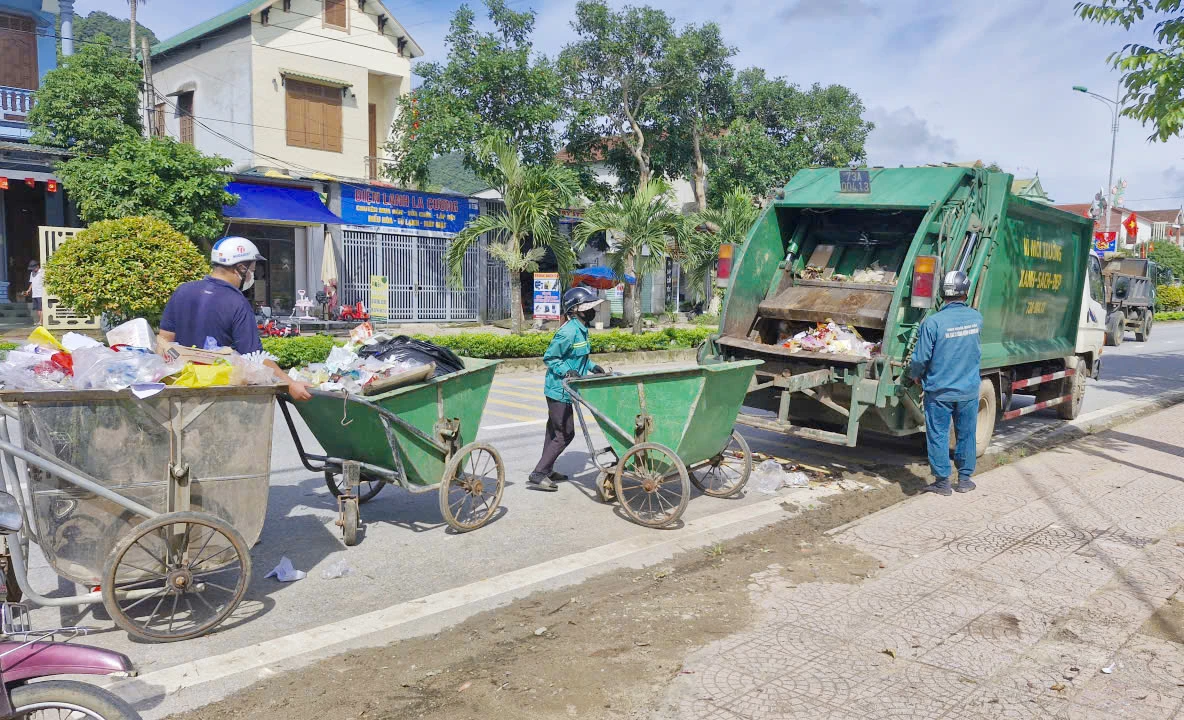 |
| Workers of Minh Hoa Public Works Management Board collect garbage - Photo: XV |
Currently, the Minh Hoa Public Works Management Board is carrying out the task of sweeping and collecting garbage on 12 roads and sidewalks; cleaning up waste at tree roots, electric poles, and manholes on 7 roads. Particularly, the roads in Quy Dat town (now Minh Hoa commune) are swept and collected twice a day. For the remaining villages and communes, the unit propagates environmental sanitation to the people, transports garbage to the collection point and transports according to the contract.
Mr. Cao Van Bay, a long-time cleaner and garbage collector of the Minh Hoa Public Works Management Board, shared: “Every day, we work from 4am to 7am. In the afternoon, we work from 4pm to 7pm. On rainy and stormy days, holidays, and Tet, we can work all day and night if there is too much garbage. Although the work is hard, we feel happy because the roads and villages are clean.”
After the garbage is swept and gathered at designated locations, workers load it onto two garbage compactors and transport it to the collection site. In Minh Hoa commune, the garbage is transported during the day, while in Kim Phu and Kim Dien communes, it is transported 1-2 times a week or more, depending on the amount of garbage collected in the villages and hamlets. On average, each year, the unit transports 720 garbage trucks (estimated at 3,240 tons of garbage) in the Quy Dat town area (old); collects, transports, and treats garbage in other localities under contract 412 trips/year (about 2,280 tons of garbage).
According to Mr. Dinh Thanh Binh, after the garbage is transported to the collection site, every week, the Minh Hoa Public Works Management Board sprays insecticide to kill flies, mosquitoes and deodorize. About every 3 months, the unit will level, compact the garbage and bury it according to regulations. In rural areas, the unit sends more forces to load the garbage onto trucks and clean the collection sites before transporting it. At the same time, the unit's leaders' phone numbers are also made public for village heads, residential groups and households to report if the garbage collectors do not fulfill their responsibilities.
The efforts and dedication of the staff, workers and employees of the Minh Hoa Public Works Management Board have contributed to making the rural environment in the area cleaner, the rate of waste collection in localities is high, environmental and food safety criteria in the construction of new rural areas are met, and diseases related to the environment are controlled.
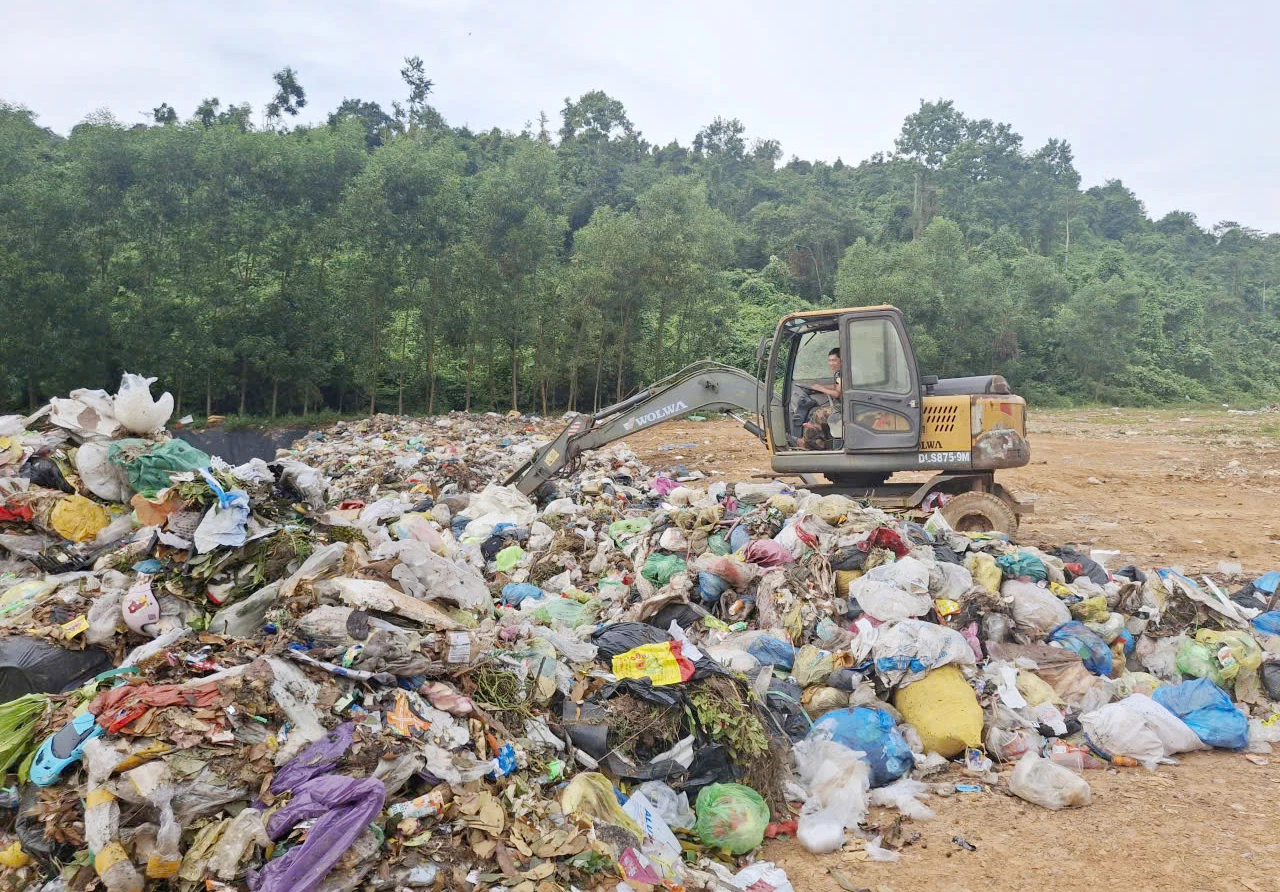 |
| Workers processing waste at the landfill - Photo: XV |
Ms. Dinh Thi Hong, in Cau Loi village, Minh Hoa commune said: “In the past, when there was no garbage collection service, my family and the villagers had to handle the garbage themselves by burning or throwing it into streams. But since the Minh Hoa Public Works Management Board signed a garbage collection contract with the locality, I have sorted the garbage at home to take advantage of recyclable and organic waste to compost as fertilizer for plants. I bring other types of garbage to the collection location for trucks to take away for treatment.”
In addition to cleaning, collecting and treating waste, the Minh Hoa Public Works Management Board also undertakes tree trimming, flower care, and water fern collection in streams; maintains 2-mode light stations with timers at 25 stations; manages and effectively exploits Quy Dat market, and manages the urban area. Thereby, contributing to improving the criteria in building new rural areas in the area.
Although it is a mountainous commune, Kim Phu has a fairly high population density. There are also many markets and tourist areas operating in the commune, so the amount of waste discharged into the environment is quite large. To protect the environment, in 2023, the Commune People's Committee signed a garbage collection contract with the Minh Hoa Public Works Management Board. "After signing the contract, the local government and the Minh Hoa Public Works Management Board propagated and mobilized people to classify garbage at the source and not throw garbage into the environment. Thanks to that, garbage in the area was collected in the right place and collected cleanly, so the locality has met the environmental and food safety criteria in building a new rural area," said Vice Chairman of the Kim Phu Commune People's Committee Hoang Thanh Binh.
Liem Hoa village, Kim Phu commune has over 400 households, 1,660 people. The population is large, the area is quite large and there is Trung Hoa market with a large concentration of buyers and sellers, so the amount of waste discharged into the environment is quite large. Head of Liem Hoa village Cao Thanh Nam said: “Previously, all waste in the area had to be burned. Some types that could not be burned were buried or dumped into streams, causing environmental pollution. But now, people in the village know how to classify waste, bring non-recyclable waste and inorganic waste to the collection point. Then, workers come to collect and clean up. Since then, there has been no more stagnant waste causing pollution in the area”…
Spring King
Source: https://baoquangtri.vn/xa-hoi/202510/de-nong-thon-vung-cao-them-sach-32c2bd5/


![[Photo] Conference of the Government Party Committee Standing Committee and the National Assembly Party Committee Standing Committee on the 10th Session, 15th National Assembly](https://vphoto.vietnam.vn/thumb/1200x675/vietnam/resource/IMAGE/2025/10/15/1760543205375_dsc-7128-jpg.webp)



![[Photo] Many dykes in Bac Ninh were eroded after the circulation of storm No. 11](https://vphoto.vietnam.vn/thumb/1200x675/vietnam/resource/IMAGE/2025/10/15/1760537802647_1-7384-jpg.webp)
![[Photo] General Secretary To Lam attends the 18th Hanoi Party Congress, term 2025-2030](https://vphoto.vietnam.vn/thumb/1200x675/vietnam/resource/IMAGE/2025/10/16/1760581023342_cover-0367-jpg.webp)
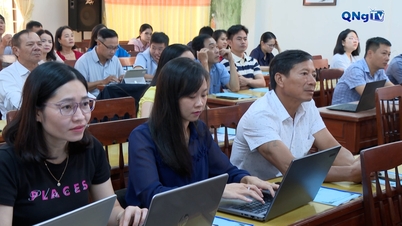

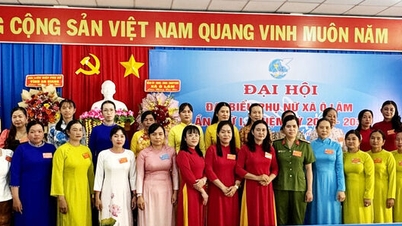

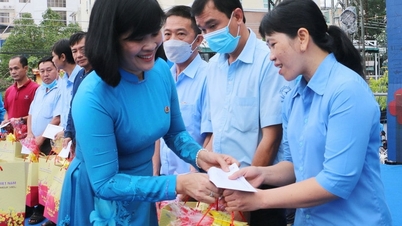

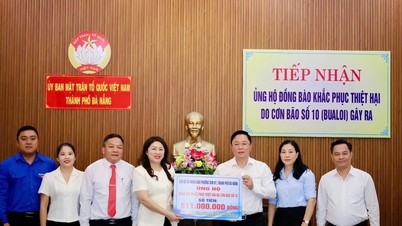

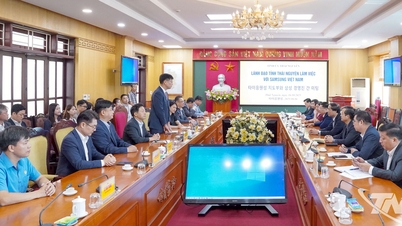

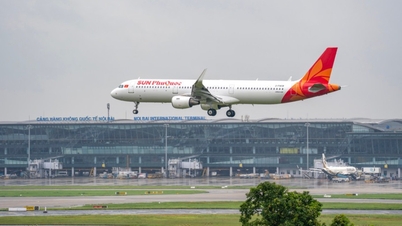





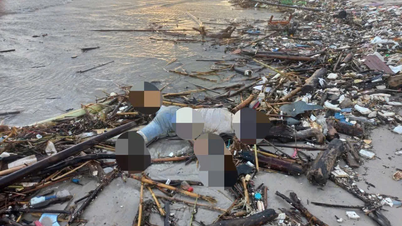
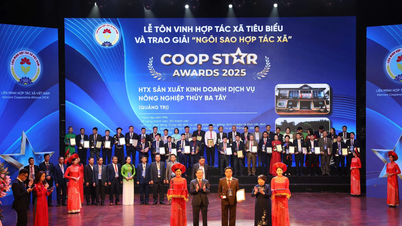
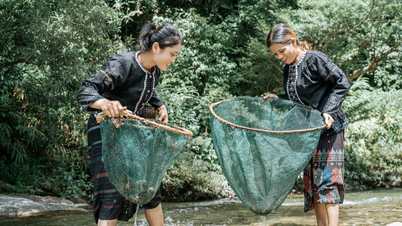

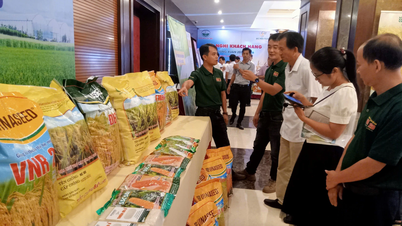
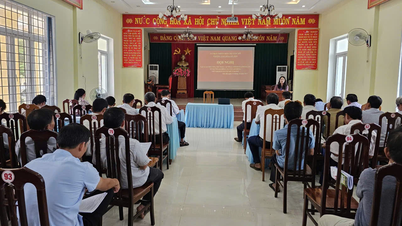
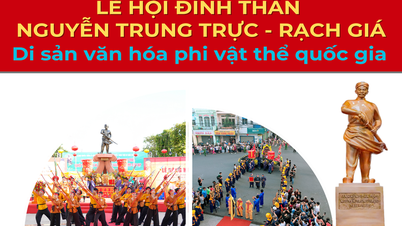
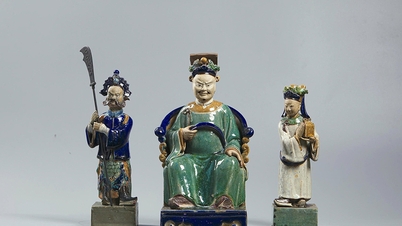



![[Video] TripAdvisor honors many famous attractions of Ninh Binh](https://vphoto.vietnam.vn/thumb/402x226/vietnam/resource/IMAGE/2025/10/16/1760574721908_vinh-danh-ninh-binh-7368-jpg.webp)





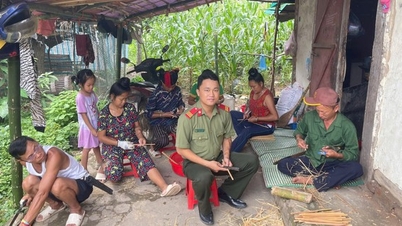

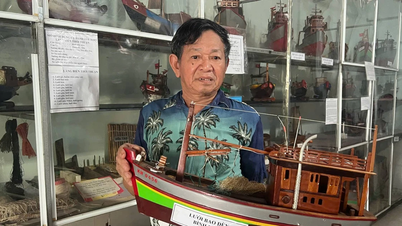




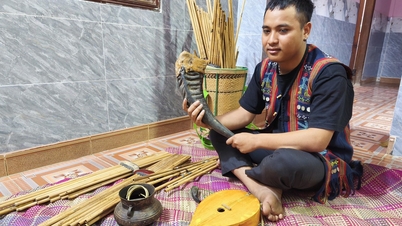






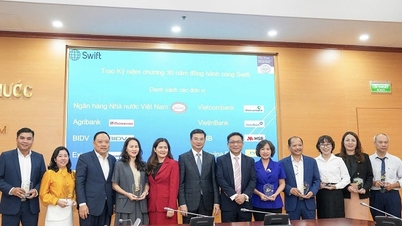
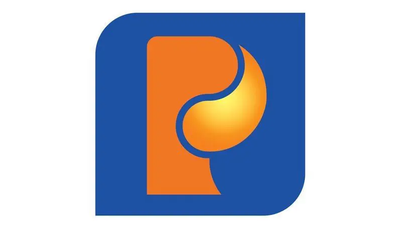






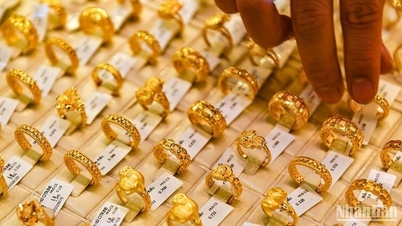







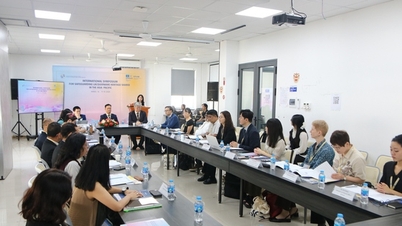


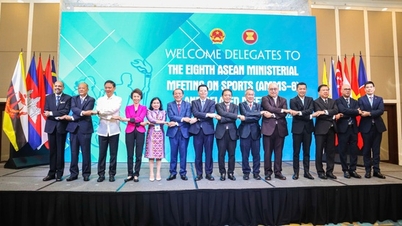


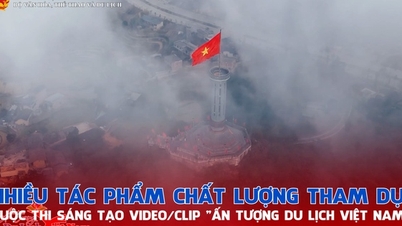
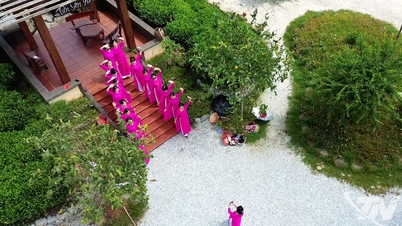
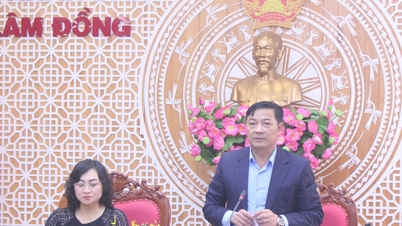

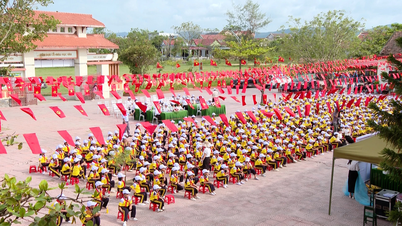
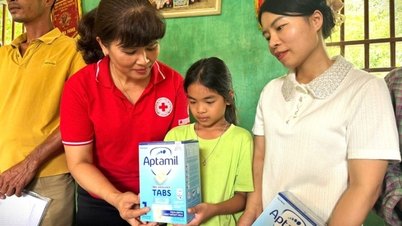
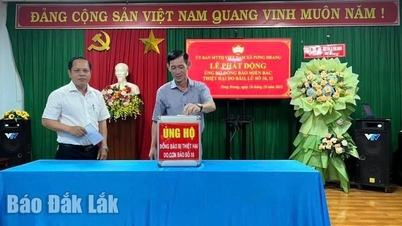

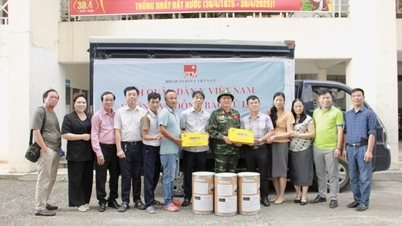












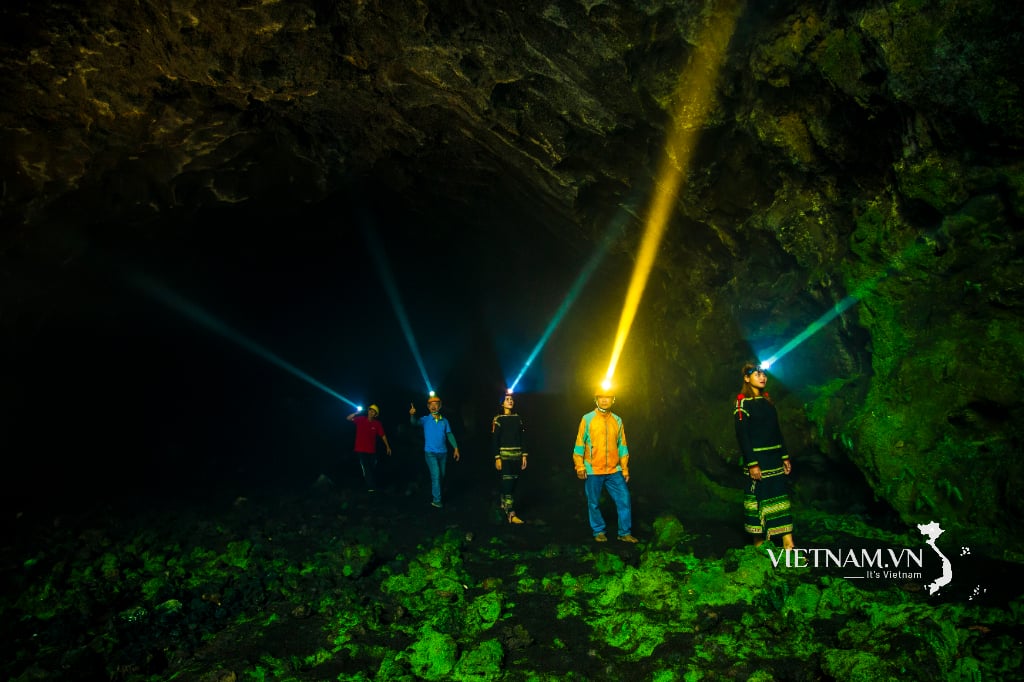
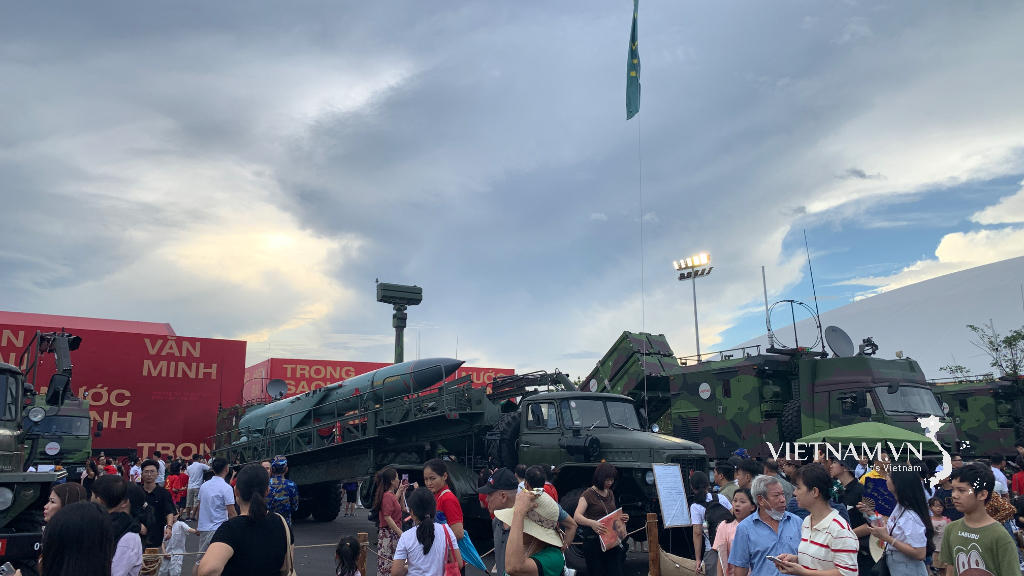


Comment (0)